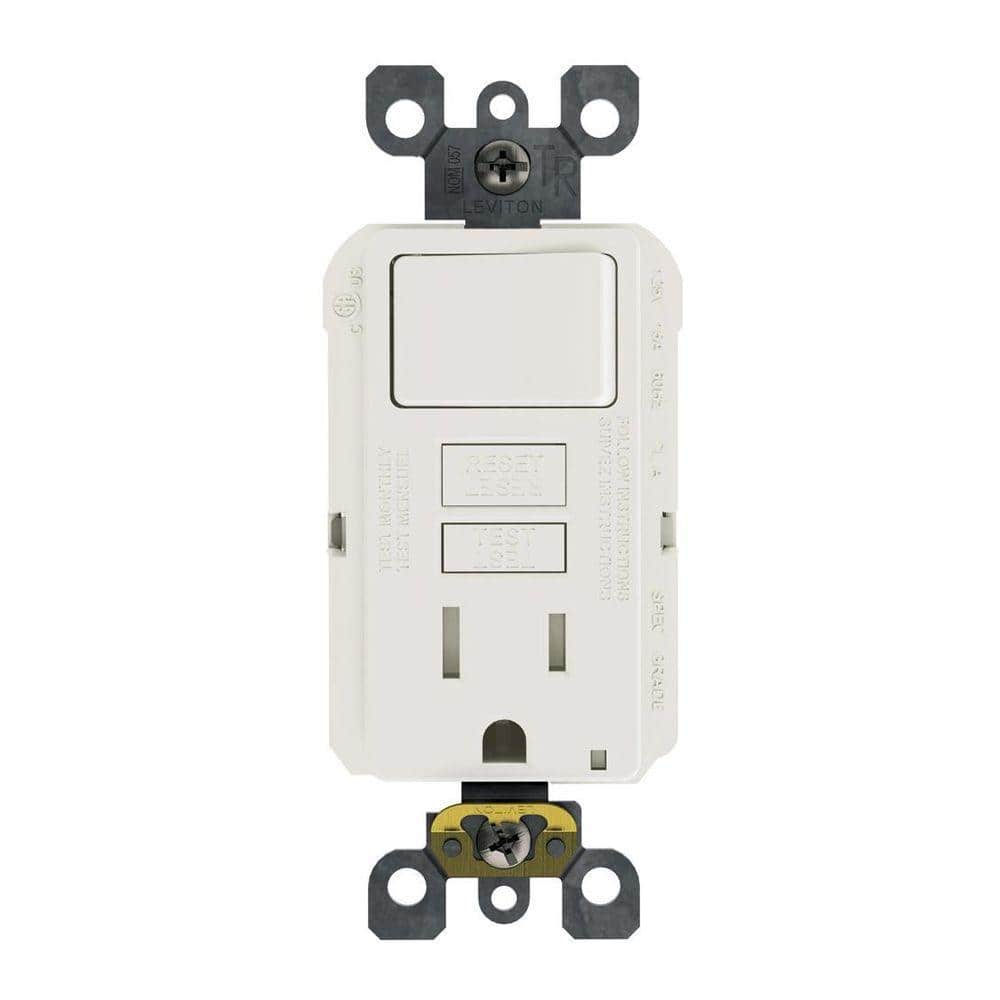sparkync
Senior Member
- Location
- North Carolina
Dumb question I guess, but as long as I come off of the "load" side of a GFCI outlet under the sink, can I "direct" wire the dishwasher?
Will the reset serve as a disconnect for it or will I need a cord and plug attached to the dishwasher to provide an acceptable disconnect for it?
I'm going to be setting an outlet that will be "switched" for a garbage disposal also under the sink, but the dishwasher will be "hot" controlled by the switch on the dishwasher. I know we used to provide a switch up above the counter for a disconnect years ago before it was required to be GFI protected.
Thanks
Will the reset serve as a disconnect for it or will I need a cord and plug attached to the dishwasher to provide an acceptable disconnect for it?
I'm going to be setting an outlet that will be "switched" for a garbage disposal also under the sink, but the dishwasher will be "hot" controlled by the switch on the dishwasher. I know we used to provide a switch up above the counter for a disconnect years ago before it was required to be GFI protected.
Thanks


